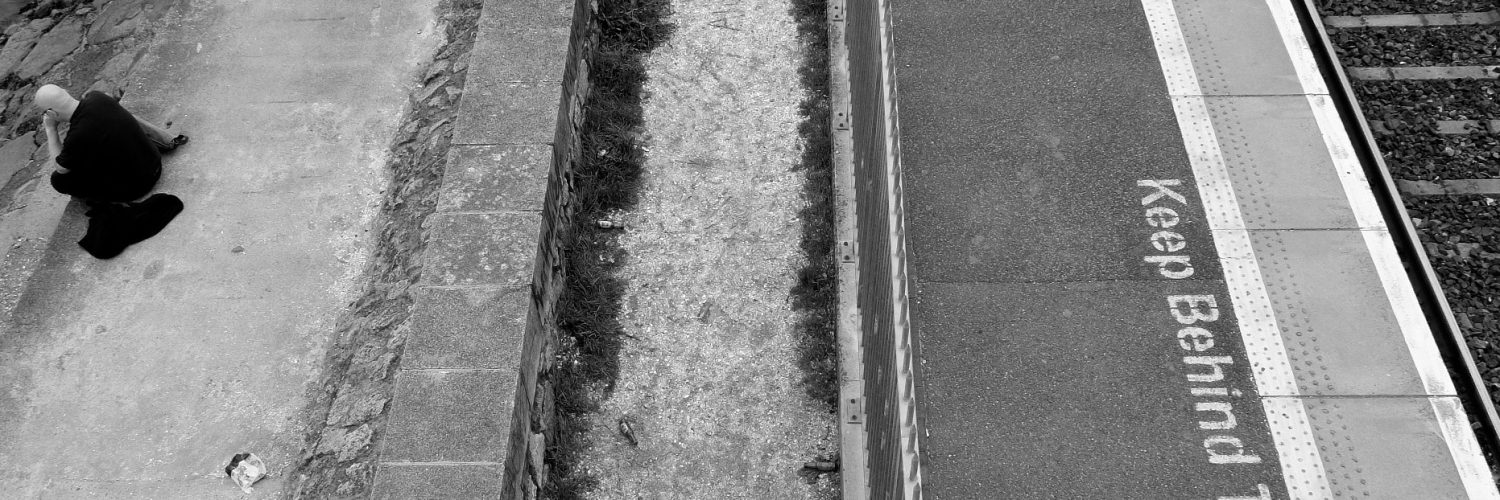OBX Lab
Conversei hoje com Jason Lewis, resposável pelo Obx Labs/Concordia University, que desenvolve há alguns anos projetos interessantes ligados à textualidade, espaço urbano e novas tecnologias digitais móveis, principalmente celulares. Conversamos sobre os projetos Citispeak, CityWide e Passage Oublié. Todos exploram a relação com o espaço das cidades, a criação de pertencimento e de vínculo social, a produção textual pública e coletiva. Abaixo uma síntese.

Sobre OBX:
“Obx Research Studio is dedicated to exploring new ways of working with visual language in the digital environment. We investigate on two levels simultaneously by creating artworks which utilize and motivate the software libraries and applications we develop. Our main goal is to provide both the inspiration and the means for others to push the boundaries of computationally-based expression.”
Sobre os Projetos:
“Cityspeak” foi apresentado em 2006 no MobileFest em SP, quando conheci o projeto. A obra explora atextualidade e o uso do espaço público. O sistema permite que pessoas enviem SMS que serão visualizadas no espaço público (telão) criando assim formas de publicização de textos normalmente enviado de forma privada.

Cityspeak em Montreal
“Cityspeak is ephemeral graffiti, an exploration into using private modes of communication to drive transient public displays of commentary about a particular location. Participants use their SMS – and web-enabled cellphones or wireless PDAs to send text to a common server. The text is processed using the NextText text visualization software. NextText references real-time data from the location to specify the visual behaviors of the text. The resulting stream of text is layered back onto the location in the form of large-scale projections. Participants can use the display to leave commentary, tell stories, conduct conversations or simply to play with the visual characteristics of text. Cityspeak is an example p2P (private-to-public) communication which allows participants to use communication technologies we tend to think of as private–cell phones and Personal Digital Assistants–to create public displays.”
“CityWide” usa ambientes com acesso a internet sem fio, hotspots (aqui aqueles disponíveis pela organização “Ile Sans Fil“, para criar uma zona de “chats” entre as pessoas que ocupam o mesmo hotspot, criando memória e micro-comunidades .

Site do Citywide
“Citywide provides a way for geographically-based micro-communities to maintain communication with one another. The application makes use of the wireless hotspots provided by groups such as Montreal’s Île Sans Fil to create a chat-space that is local to each particular hotspot. Use it to converse with other visitors, shout out to the cute guy in the corner, post announcements, or explore the history of previously posted messages.”
Já “Passage Oublié” aborda a relação com não-lugares, no caso o aeroporto internacional de Toronto (de julho 2007 a maio 2008), e os processos de controle de pessoas pós 9/11. Os usuários são convidados a deixarem suas impressões por SMS ou através de um laptop dentro da área de cobertura Wi-fi com aeroporto sobre a questão do controle, da vigilância e da invasão da privacidade e do respeito à integridade física e moral das pessoas. Um mapa interativo (touch screen) mostra aeroportos envolvidos em “rendition flights”. O usuário pode olhar, toca e contribuir.

Passage Oublié Touchscreen
“Passage Oublié is an interactive artwork about extraordinary rendition, the practice whereby terrorist suspects are made to disappear in a global network of detention camps. This installation takes the form of a touchscreen kiosk at Toronto’s Pearson International Airport, July 2007 to May 2008. As an estimated six million passengers on their way to nearby security gates are about to surrender to increasingly invasive searches, they are prompted to respond to information about the conditions of secret detention of presumed terrorists. Since extraordinary renditions are carried out on regular commercial jets, civilian airports are one of the few—if not sole—spaces where civilian worlds and the secret network of detention sites overlap. As such, airports are prime terrain for engaging with the practice of extraordinary renditions. It is in this context that Passage Oublié displays information about rendition flights and asks travellers the following questions: Are rendition flights an acceptable means of dealing with the threat of terrorism? How is a collaborating country’s credibility as a defender of human rights affected? Does the end justify such means when it comes to the ‘war on terror’? Are the liberal democracies involved in this activity compromising their cherished principle that one is innocent until proven guilty? Responses to these questions can be sent to the kiosk using a mobile phone or a laptop with the airport’s wireless network. These messages are visually animated along flight trajectories on a world map featuring airports involved in the extraordinary rendition network. In order to describe Passage Oublié it is first necessary to provide more detail about extraordinary renditions”.
Todas as experiências mostram o potêncial das tecnologias móveis para ação no espaço público, para produção textual coletiva, para criação de redes de sociabilidade e para a implicação política das pessoas ao espaço urbano, criando assim “new senses of places”.
Obrigado Jason!
